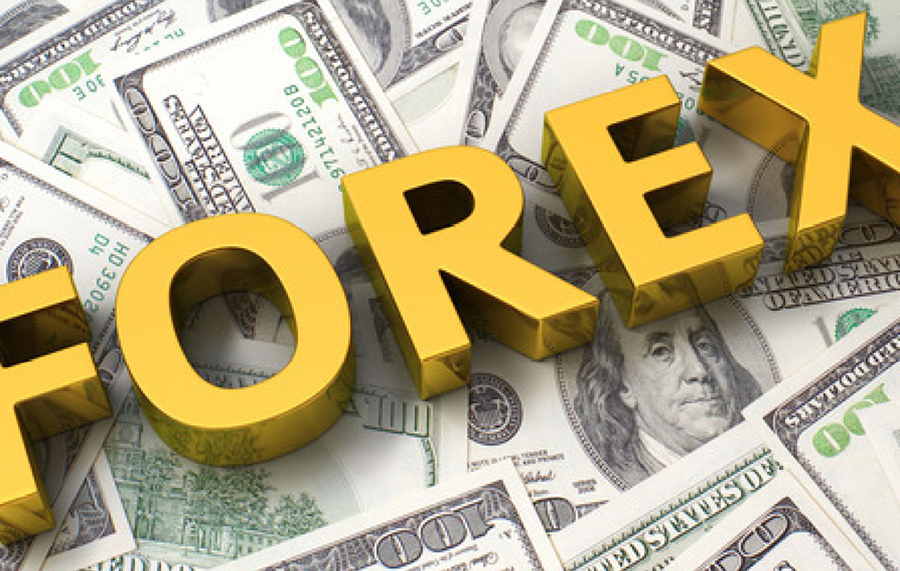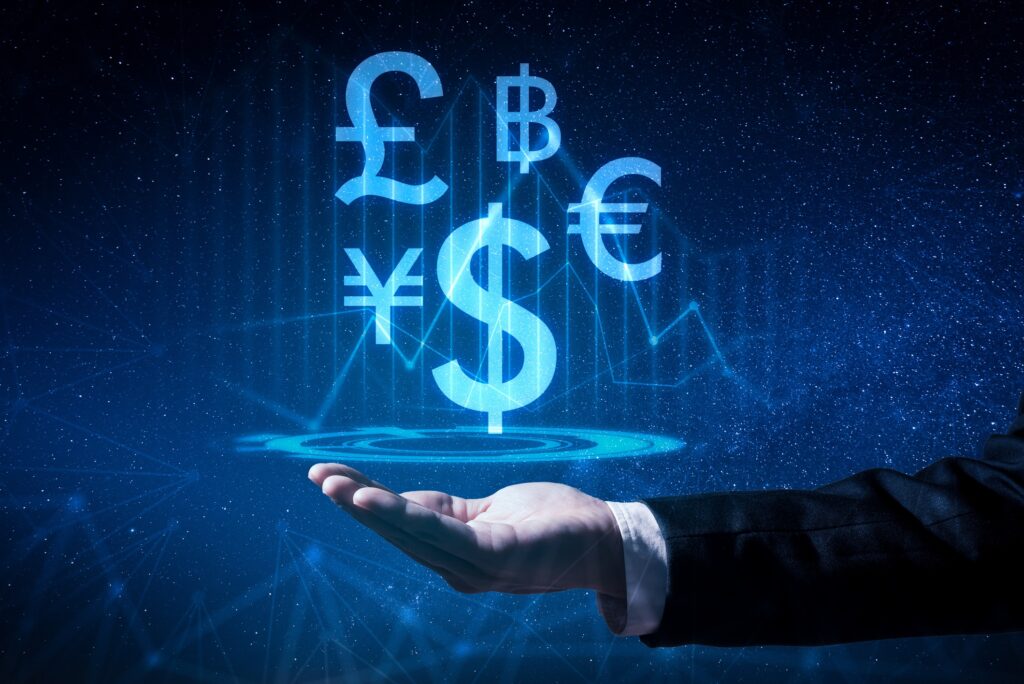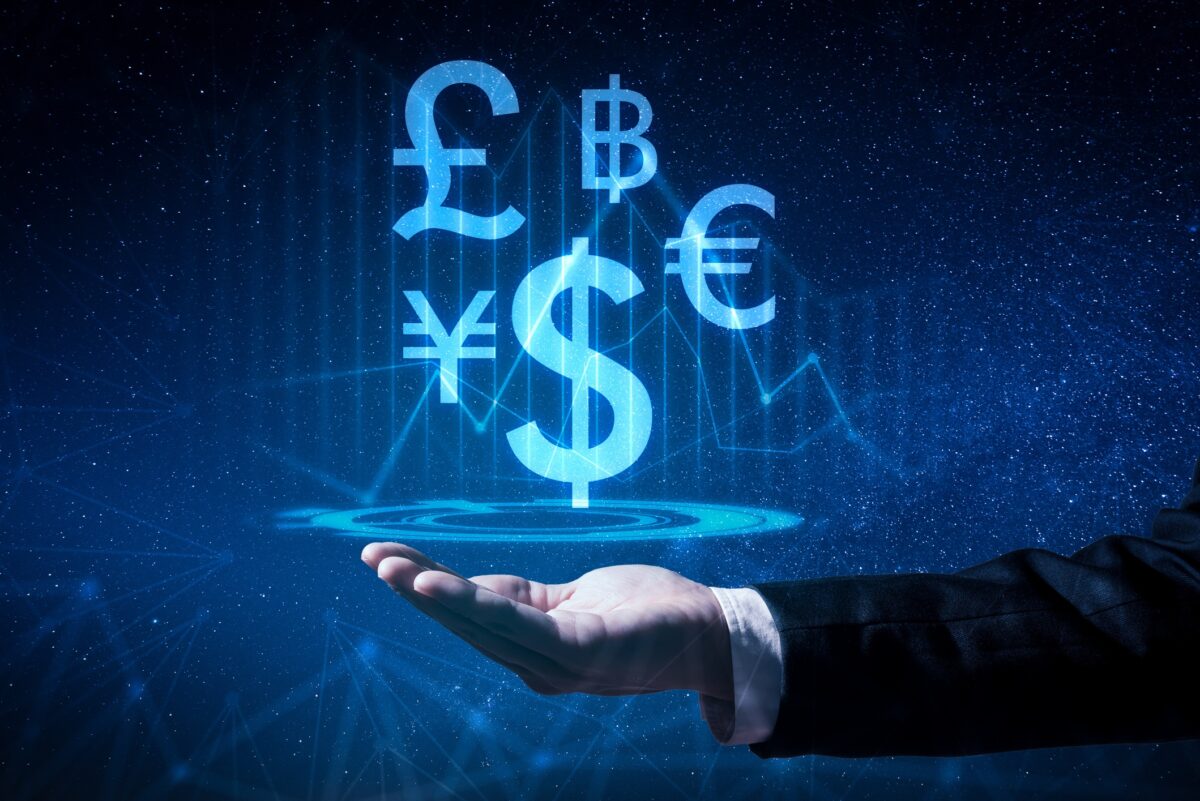Below you will learn a lot about forex so that you can understand the market and stay safe while trading. Please ensure you trade with regualed brokers, and if you have ever been victimised by a scam broker, please do not hesistate to report to us using the contact form.
Understanding Forex
Forex is a very diverse financial market, full of different types of terms and concepts that sometimes are quite hard to understand. For a beginner trader, learning the key terms in Forex might be a vital step towards understanding this market better.
In Forex, terminology ranges from basic terms that describe the market, to economic definitions and acronyms. Even if you are a total beginner, you might already know how many terms there are in Forex. Some of these terms are vital to describe the market movements, while others are used to describe the general situation in the market.
To help you better understand the major concepts in Forex trading, we have prepared a comprehensive guide. In this guide, we will discuss the most important terms and concepts in Forex, that will help you become a more informed Forex trader.
Most important terms

Before you start trading Forex, there are several terms that you really need to know. This will help you better understand the basic terminology and feel more in touch with the market. Before we go any further, let’s discuss the meaning behind Forex.
It is very logical to start talking about the meaning of Forex. The Foreign Exchange Market, better known as Forex, is a global, decentralized market that offers you access to currency pairs trading. In terms of trading volume, Forex is known to be the largest market.
While trading Forex, you are dealing with currency pairs. But what are they? A currency pair is the main trading asset in Forex. It consists of a pair of two currencies. The changing value of the currency pair is what allows Forex traders to earn profits.
Currency pairs are expressed in a specific format, the first currency in the pair is called the base currency, and the second one is called the quote currency. In EUR/USD Euro is the base currency, and the US dollar is the quote currency.
There are three currency pair types available in Forex, they are Majors, Minors, and Exotic currency pairs. In the Forex terms dictionary, you can find that Major currency pairs are the ones that are made up of the major currencies and USD. Great examples for major currency pairs are EUR/USD, USD/GBP, and others.
Minor currency pairs are made up of major currencies as well, however, they do not include USD. Exotics, on the other hand, are the currency pairs that are made up of currencies from emerging economies.
Names of the currencies
In Forex, many currencies, and even some currency pairs, have their own informal names. These nicknames are very easily distinguishable and you might have already come across them without knowing what they meant. These names are very frequently used by traders and brokers alike.
For instance, GBP/USD is many times referred to as the cable, EUR/CHF is frequently called swiss, EUR/USD – Fiber, USD/CAD – Loonie, and many others.
Basic terms

If you have ever tried trading Forex, you should already know that currency pairs have two different price quotes attached to them. The first price that you see is the bid price, which refers to the amount of the quote currency that the broker will pay you to buy the base currency.
The ask price in Forex is the amount of the quote currency that you will need to pay to the Forex Broker to buy the pair. In short, Bid is the buying price, while Ask is the selling price.
In Forex basic terminology, the spread is the difference between the bid and ask price. It is usually expressed in pips. In most cases, spreads are the main source of the broker’s commission. It is also a fact that most traded currency pairs have tighter spreads. For example, spreads for EUR/USD should be tighter than for exotic currency pairs.
Pip in Forex stands for the percentage in point and represents the smallest price move that an exchange rate can possibly make. You can use it to measure the value between two currencies. The minimum pip for the majority of currency pairs is 0.0001, while for JPY pairs, it is 0.01.
Another very important term that you should definitely know is a LOT, which can be defined as a unit of measurement which is used in Forex to determine the size of the trade. In Forex, you will most commonly come across three major types of lots, they are standard, mini, and macro lots. A standard lot in Forex equals 100,000 USD, a mini lot equals 10,000 USD, and a macro lot equals 1,000 USD.
Leverage
Leverage represents one of the biggest and most important parts of Forex trading. There are millions of people who are using leverage every day, but one thing that not many of them understand is that leverage can be very risky. While it is true that leverage can increase your profits, it also increases the risks of trading.
In a sense, Leverage is a type of credit that the broker gives you to trade with larger quantities. If you are using a leverage of 1:100, it means that for every 1 dollar, you can trade 100 dollars worth of positions.
If you want to access leverage, you will have to first make an initial deposit. This minimum deposit requirement in Forex is shown as a percentage of the entire trading position, it is sometimes also referred to as a margin.
Forex trading terminology describing market movements

We have already discussed the basic Forex terminology that is vital for beginner traders to know. However, there is much more that one should know to be more comfortable while trading Forex. Now, we will move on to explaining the terms that are used to describe the processes within the financial markets.
One that every trader should know is the long and short positions. So, say that you have decided to buy a currency pair, it means that you are expecting the currency pair to go up in the near future. In this case, you will be taking a long position.
However, if you choose to sell a currency pair because you are expecting it to decrease in value in the near future, it means that you are taking a short position.
Then there are bullish, bearish, and dovish, which are the terms that sometimes confuse some traders. Forex words dictionary frequently refers to the trading strategy that you choose to use. If the market goes bullish, you are more likely to take a long position on a certain currency pair. On the other hand, if the market is going in a bearish direction, you might prefer to take a short position.
To put it simply, a bullish currency pair in Forex refers to the one that is increasing in value, while bearish currency pair refers to the one that is decreasing in value. Bullish markets are upward-moving, whereas bearish markets are downward-moving.
Economic dictionary for Forex
If you want to become a successful Forex trader, it is vital for you to understand the way finance works in general. Learning more about the economic indicators can make the job much easier for you. Below, we will provide you with some of the key economic terms that you, as a trader, should know and remember very well.
Let’s start with the one that you might already have heard, GDP. Gross Domestic Product, simply known as GDP, is a term that shows the total amount of goods and services produced in the country in a one-year period of time.

While this concept is not used to predict market movements in Forex, it is rather important to assess an overall economic climate of a certain country. This, in turn, could possibly have an impact on the currency that you are planning to trade.
Another one that you might come across in Forex market terminology is inflation. In the world of finance, it is a term that describes the environment where the prices for goods and services increase and the consumer purchasing power decreases. It is very important to follow this trend because it makes decision-making a little easier. There actually is a special way to track inflation.
The Consumer Price Index, also known as CPI, determines the change in the prices that the consumers pay for a variety of goods and services. This can be used to track the changes in inflation.
Even if you are a total Forex beginner, you might have already heard the term interest rate. In Forex vocabulary, you will find currency interest rate as one of the most important factors influencing the Forex market. The interest rate largely depends on inflation.
If the inflation goes up, the central bank of the country will decide to increase the interest rates to slow down the growth, if the inflation nears zero and gets to the point of becoming negative, the central bank will decide to lower the interest rates, to keep the market stable.
Final thoughts on Forex terms
Understanding Forex definitions can be very important for traders. There are hundreds of terms that can be used to describe different types of movements in the market, while others are used to describe financial events.
Although it is not required to know every single Forex term, it is vital to know the meaning of the most important ones. As a trader, you should take your time to learn more about Forex and build on your existing knowledge. This way, you will become a more well-rounded trader.

